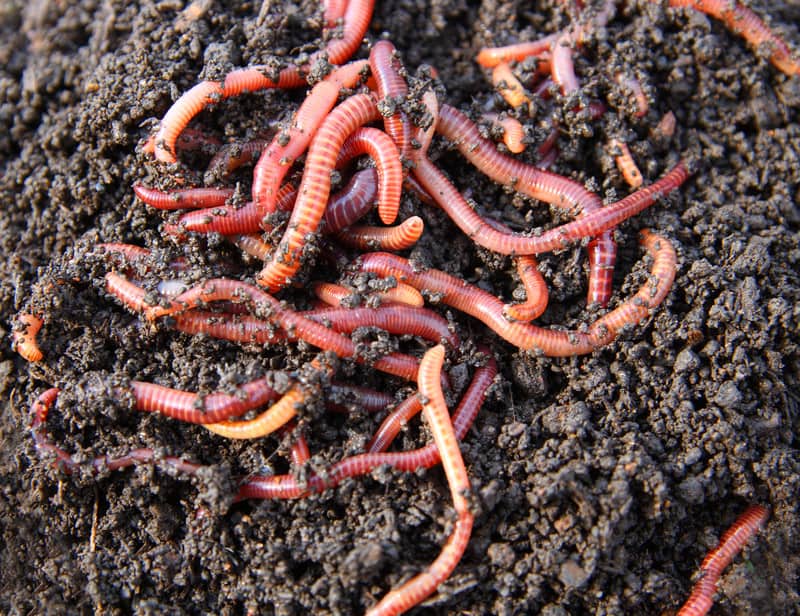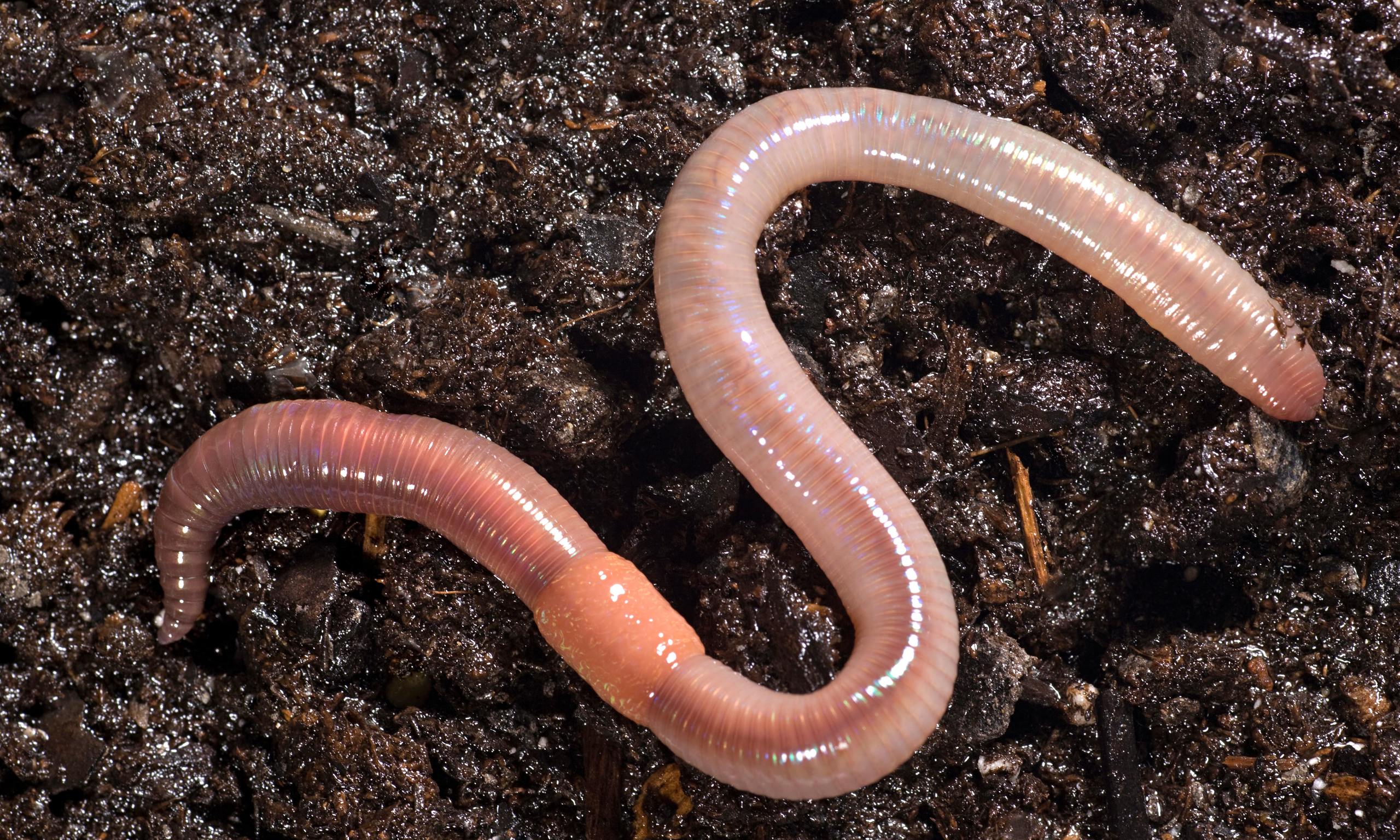About North Carolina Worms
About North Carolina Worms
Blog Article
About North Carolina Worms
Table of ContentsThe Buzz on North Carolina WormsThe 5-Second Trick For North Carolina WormsNorth Carolina Worms Can Be Fun For EveryoneNot known Details About North Carolina Worms
Instance: 1-gallon of worm spreadings to 4 gallons of potting mix. 1/2 cup in the base of the planting hole for smaller sized plants. 1 cup for larger plants.
The addition of tea can additionally include boosted microbial biomass to your soil. You can constantly side-dress your plants with worm spreadings any time. Just remember, the microorganisms will certainly die if exposed to UV rays (Sunlight), so make certain to cover the castings with an inch or two of soil.
This frustrated them for several years up until the testing methods progressed. They found that plant growth and health exhibited a Bell Curve. It would improve(with more spreadings), level off, and after that decrease. They were baffled. They lastly discovered that excess plant-growth hormones were the wrongdoer. As well many worm spreadings would speed up the development to a speed that the plant could not recuperate from.
How North Carolina Worms can Save You Time, Stress, and Money.
I have clarified the merits of worm spreadings for regarding 2000 words. Worm spreadings are no various. It takes time to develop top quality worm spreadings.
You can acquire them which leads to second. Worm castings certainly set you back more than chemical fertilizers. Worm castings are on the more affordable end of organic fertilizers. You will certainly need to choose what is more important. It is easy to generate tiny amounts of worm castings. (50 gallons annually) It is a much more challenging and extremely expensive investment to produce huge amounts of worm castings (Lake Rhodhiss Bait).

Developing a healthy and balanced soil might be the best benefit of worm spreadings. We went over worm castings NPK and also the appropriate nutrient analysis that need to apply to worm castings.
Some Known Details About North Carolina Worms
We chatted concerning some of the disadvantages associated with worm castings. I covered a great deal of product in this article.
The upright burrows are typically open, although the worms cap the top with deposit and excrement. Roots need oxygen for their growth, whereas they produce carbon dioxide that requires to leave the dirt.
Earthworms raise porosity by 2 devices: (1) by developing permanent burrows, and (2) by boosting dirt aggregation. Aggregation is enhanced by the mixing of dirt and natural issue in the earthworms' intestines. Lenoir NC Worms For Sale. These highly secure accumulations are deposited by some earthworms in their burrows, and by others at the surface of the soil


In an additional study, earthworms were estimated to consume 4 to 10 percent of the leading 6 inches of the dirt yearly. Soil compaction minimizes the porosity of the soil.
The 8-Minute Rule for North Carolina Worms
Typical earthworm populaces can easily consume 2 lots of dry matter per acre each year, partly digesting and mixing it with dirt. The relevance of earthworms to blend surface residue with dirt comes to be really clear in soils that do not have any kind of earthworms. Many of our Pennsylvania soils have at the very least some earthworms, and the impact of their complete lack, as a result, can not be noted.
(https://www.alive-directory.com/North-Carolina-Worms_673540.html)In these dirts, the formation of topsoil with practical raw material web content did not happen, resulting in poor crop development. Once the cause was developed, the federal government of the Netherlands began a project to introduce earthworms. After the introduction of the earthworms, a dark topsoil layer was developed, and crop growth boosted considerably.
They live primarily from partially decomposed raw material that is already included in the dirt. They consume their method with the soil, creating straight burrows that they full of their waste matter. These varieties consume large amounts of dirt that they mix with digested plant residue in their guts. or anecic types reside in permanent upright burrows that can be 5 or 6 feet deep.
These species consume considerable amounts of dirt that they mix with absorbed residue in their guts. Their waste matter is largely transferred at the surface of the dirt.
Report this page